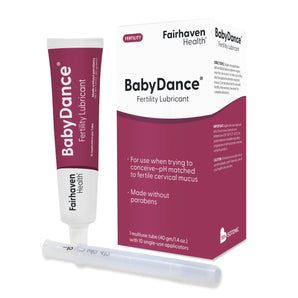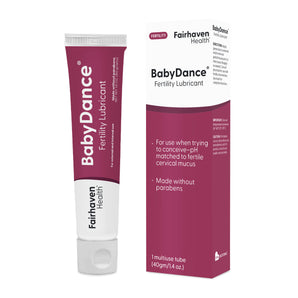As many as 80% of women experience premenstrual symptoms.1 While up to 20% experience severe symptoms that disrupt their daily activity and lifestyle, contributing to an overall decreased quality of life, 1 in 2 women seek medical care for evaluation of moderate to severe premenstrual symptoms.1,2
Premenstrual symptoms range by person and in severity, but common symptoms include discomfort and aches, mood swings, bloating, stress, and fatigue.3 These symptoms relate to the fluctuating hormone levels during the menstrual cycle.2
While exercise, heating pads, and pain killers can help, there are certain nutrients that have been scientifically studied to address the sources of these and other PMS symptoms.
1. Vitex (chasteberry)
Well-known for its health benefits for menstrual health, this clinically studied ingredient supports healthy reproductive hormone balance by promoting healthy luteinizing hormone (LH) and follicle-stimulating hormone (FSH) production.4 Vitex also regulates prolactin, which may help reduce breast tenderness, water retention, and PMS-related mood symptoms.
2. Copaiba extract (beta-caryophyllene)
This nutrient supports emotional stability and stress resilience and helps balance the HPA and HPG axes, which play key roles in cycle regulation and PMS symptom severity.* When standardized to beta-caryophyllene, it directly stimulates CB2 receptors of the endocannabinoid system to promote neurotransmitter function and a healthy immune response.5,6
3. 5-HTP
As a metabolic precursor to serotonin, 5-HTP helps support serotonin synthesis and function, which are important for maintaining healthy mood and cravings.7-9 5-HTP also supports healthy sleep cycles.
4. CoQ10
Involved in mitochondrial cellular energy production, CoQ10 also acts as a potent antioxidant that helps protect ovaries from oxidative damage to promote hormone production.10,11
CoQ10 helps reduce fatigue and uterine muscle contractions as well as symptoms of pain response.*
5. Other nutrients
B vitamins such as B6, B12, and methylated folate help to support mood balance and mental clarity and reduce fatigue and stress.* Magnesium works to reduce uterine cramping, bloating, and pain perception, while vitamin D works with magnesium to regulate calcium absorption for mood balance.*
Multi-Symptom PMS Relief: Advanced Support for Relief From Multiple Premenstrual Symptoms
Formulated for those experiencing premenstrual symptoms and discomfort, Multi-Symptom PMS Relief is a targeted blend of essential vitamins, minerals, and herbal extracts that helps promote menstrual regularity, comfort, emotional balance, and healthy hormone function.*
This unique formula takes a clinically supported approach to deliver up to 3x improvement in PMS symptoms including menstrual cramps, bloating, and mood swings.
Multi-Symptom PMS Relief contains scientifically researched ingredients, including vitex (chasteberry), 5-HTP, copaiba extract, and CoQ10. These nutrients are blended with B vitamins, magnesium, and vitamin D to work cross-functionally as triple-action support for hormonal balance and cycle regulation, neurotransmitter balance and mood support, and inflammation modulation to provide physical symptom relief.
Learn More About Multi-Symptom PMS Relief
Conclusion
Monthly cramping, bloating, and mood swings can be disruptive even with mild symptoms. But if these and other indications of premenstrual syndrome have become challenging enough to interfere with your daily life, consider supplementing with Multi-Symptom PMS Relief or talk to your healthcare practitioner about options to address and relieve your symptoms.
References
1. Gold EB et al. 2016. J Women’s Health (Larchmt). 2016;25(9):865-874.
2. Pratyusha R. Gudipally; Gyanendra K. Sharma. Premenstrual syndrome. Updated 2023 Jul 17. In: StatPearls Publishing. Accessed January 2025.
3. Upadhyay M et al. Clinical Epidemiology and Global Health. 2023;20:101234.
4. Girman A et al. Am J Obstet Gynecol. 2003;88(5 Suppl): S56-65.
5. Hashiesh HM et al. Biomed Pharmacother. 2021;140:111639.
6. Scandiffio R et al. Nutrients. 2020;12(11):3273.
7. Turner EH et al. Pharmacol Ther. 2003;109(3):325-338.
8. Amin Z et al. Behav Cogn Neurosci Rev. 2005;4(1):43-58.
9. Wurtman RJ et al. Obes Res. 1995;3 (Suppl 4):477S-480S.
10. Tsai IC et al. Front Pharmacol. 2022;13:883251.
11. Mantle D et al. Antioxidants (Basel). 2023;12(2):514.







